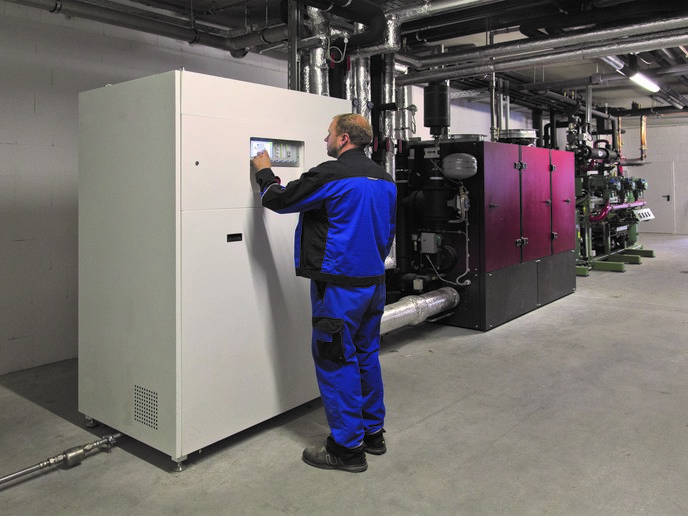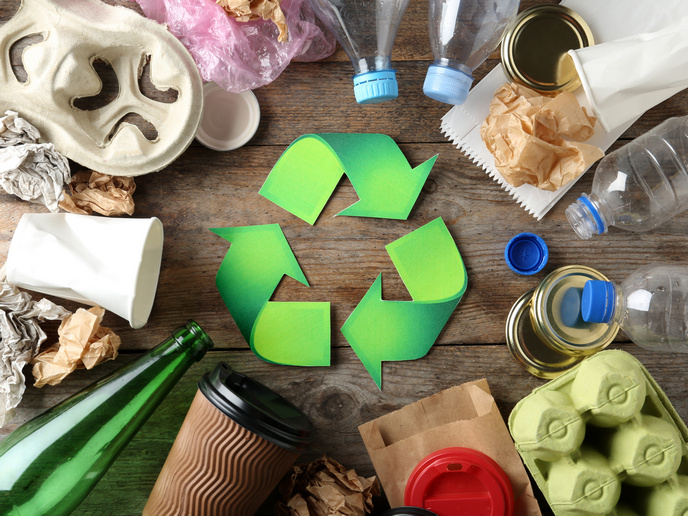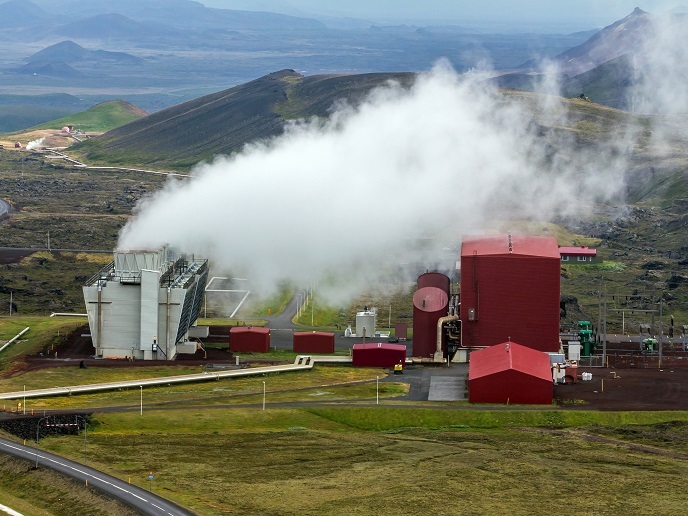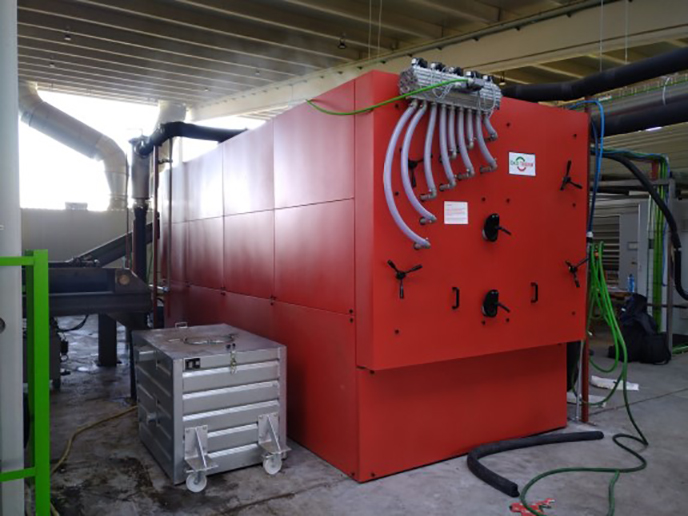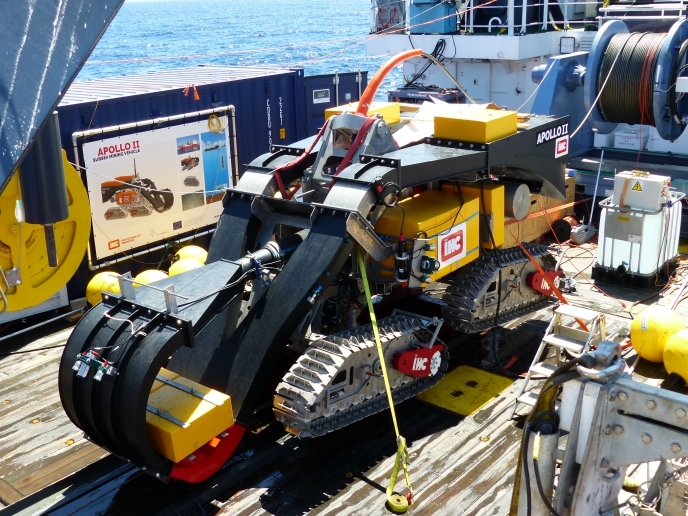Energy-efficient refrigeration for smaller facilities
Climate change targets set by the 2015 Paris Agreement will only be met if significant energy and emissions savings are made not just by big industrial plants but also by smaller units. A new refrigeration technology, ECOiCE, which recycles waste heat to save up to 70 % of primary energy usage and greenhouse gas emissions during the chilling process, is being rolled out to small and medium-sized facilities under the EU’s TRISORP (Energy saving and reducing carbon dioxide emission by applying advanced ammonia/water absorption chillers and decentralised Trigeneration (CCHP) technology to small and medium enterprises) project. Compression cooling used in a wide range of industrial processes requires a huge amount of electrical power. The TRISORP prototype “is designed for small and medium-size applications for which no alternative to energy-intensive and environmentally harmful compression chillers is available,” says TRISORP project coordinator Günter Bellmann from Kälte-Klima-Sachsen GmbH (KKS) in Wermsdorf, Germany, a manufacturer of cooling systems. “We achieve energy savings with a new application of a well-known principle — the absorption chiller — to a range of uses in between the normal household refrigerator and big industrial plants,” Dr Bellmann says. “It can be used in hotels, food processing plants, dairies and supermarkets, it has a very broad range of uses.” “The big energy saving is derived from using waste heat from the CHP — the Combined Heating and Power plant — or from solar energy and other energy sources to cool down a liquid used as a refrigerant,” Dr Bellmann explains. “We use the waste heat which would otherwise be distributed to the environment.” At the same time, CO2 exhaust emissions are reduced. “It is particularly useful where there is no grid available as a source of energy or where solar energy or LNG (liquefied natural gas) is used as fuel,” Dr Bellmann adds. Simple is clever Further cost savings are achieved by reducing the number of steps in the production process and making the ECOiCE technology as simple as possible so it can be combined or retro-fitted to any CHP or gas turbine, Dr Bellmann says. “For the prototypes we use ‘intelligent simplicity’ which means using only as many electronic and mechanical parts as absolutely necessary,” Dr Bellmann says. Having fewer parts reduces the number of faults that could develop. Usually an industrial system is developed for general use, but many of the functions are unnecessary. “So we keep it as simple as possible,” he says, adding this makes it easier to combine with existing machinery in a plant. Prototypes developed Under the project, KKS produced the plant and developed interfaces for the CHP and other peripherals, some of it with CHP manufacturers, partners and subcontractors. A 25 kW prototype was used with a distributor of food with own manufacturing in Germany to replace a compression refrigerator. In addition, the technology was further developed for models with 50 kW and 100 kW cooling capacity. “A 100 kW plant costs about half compared to four 25 kW plants,” Dr Bellmann notes. Six demonstrator units have been set up in Germany, including at a meat processing company and several food distributors, who use it for storage cooling. EU funding also enabled the project to find sales partners and technical partners to install and maintain the technology abroad such as in Spain and Austria. In Chile, the ECOiCE technology is currently being prepared for use in a meat processing plant.
Keywords
TRISORP, energy, C02, emissions, greenhouse gases, refrigeration, SMEs



